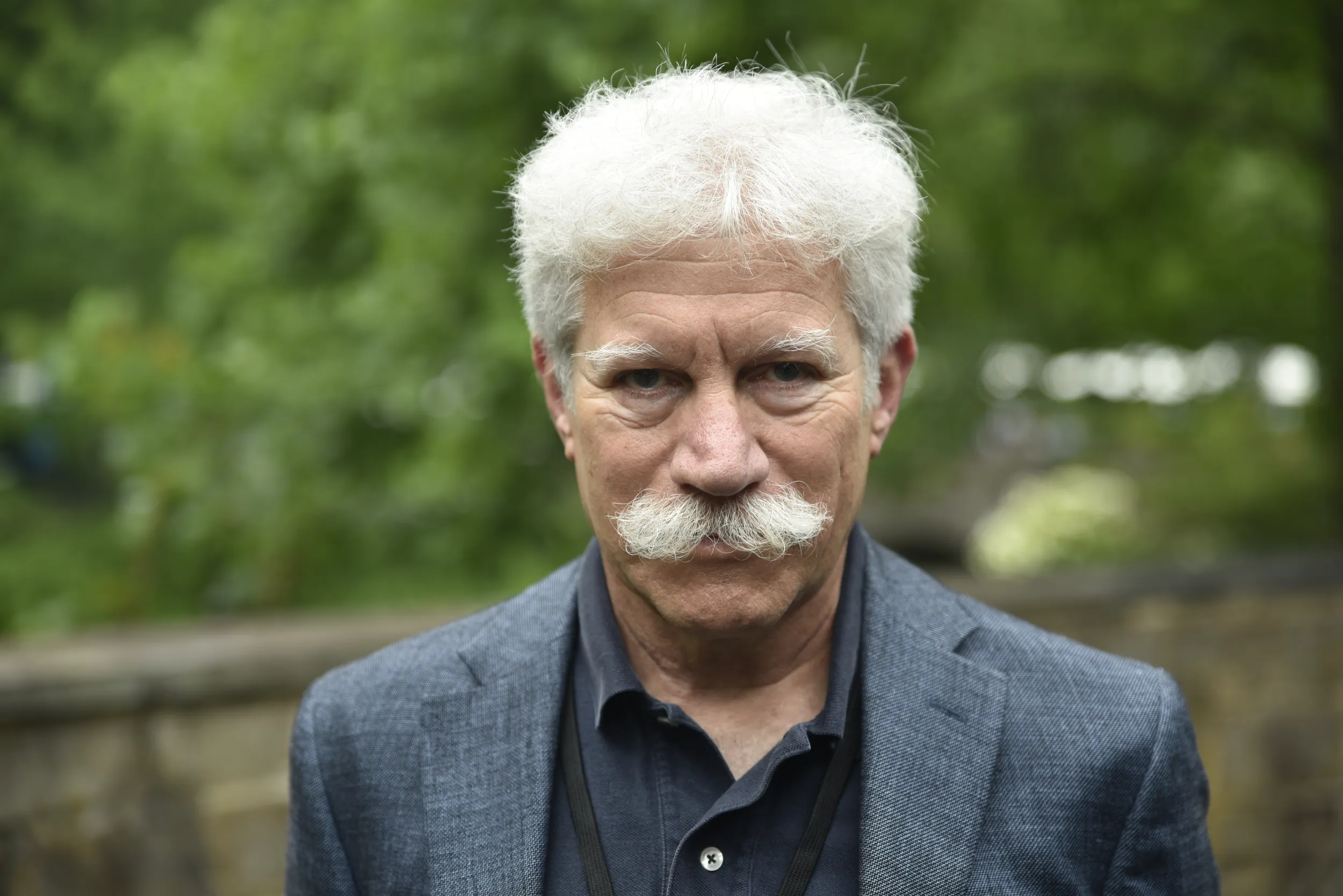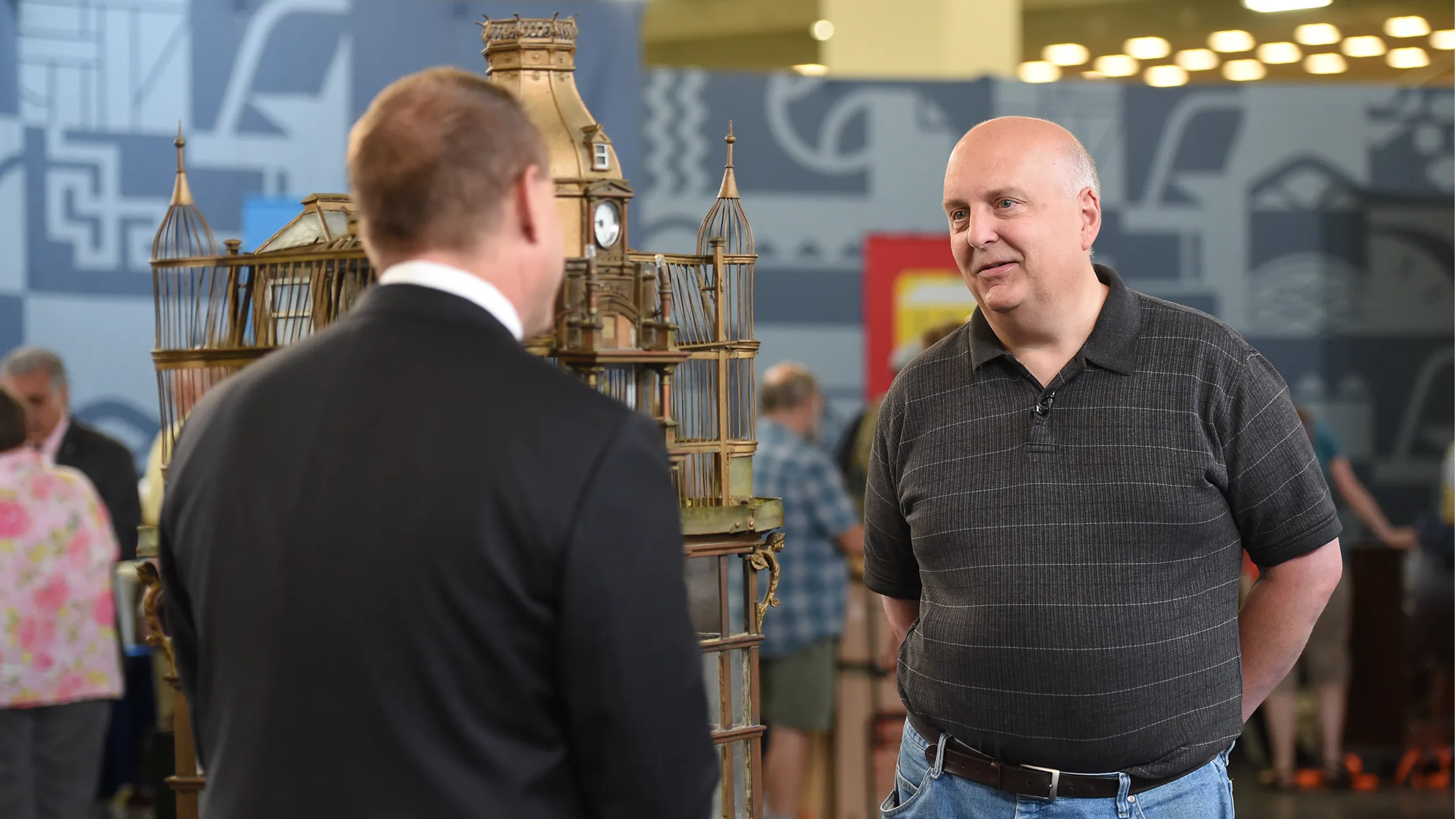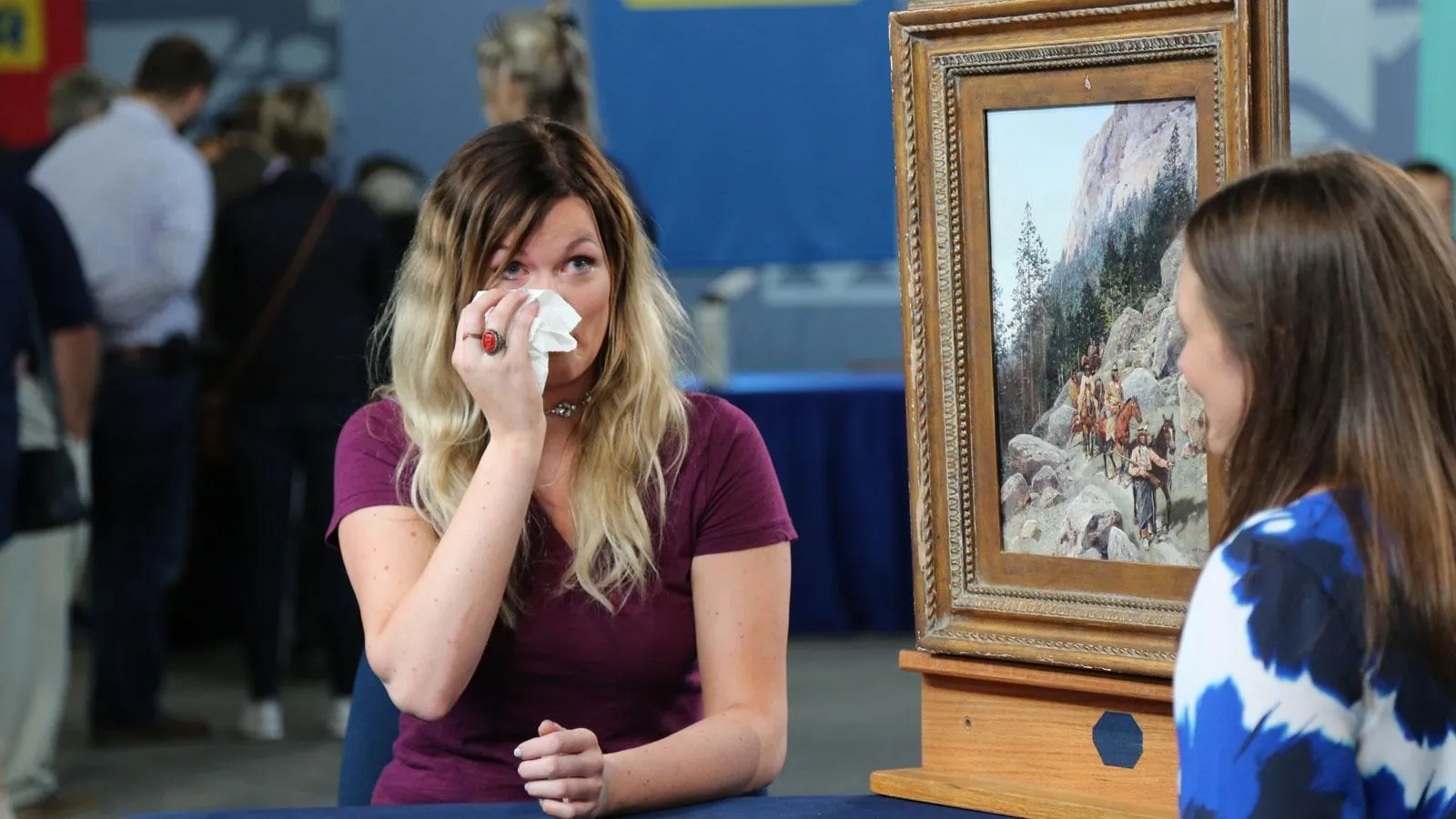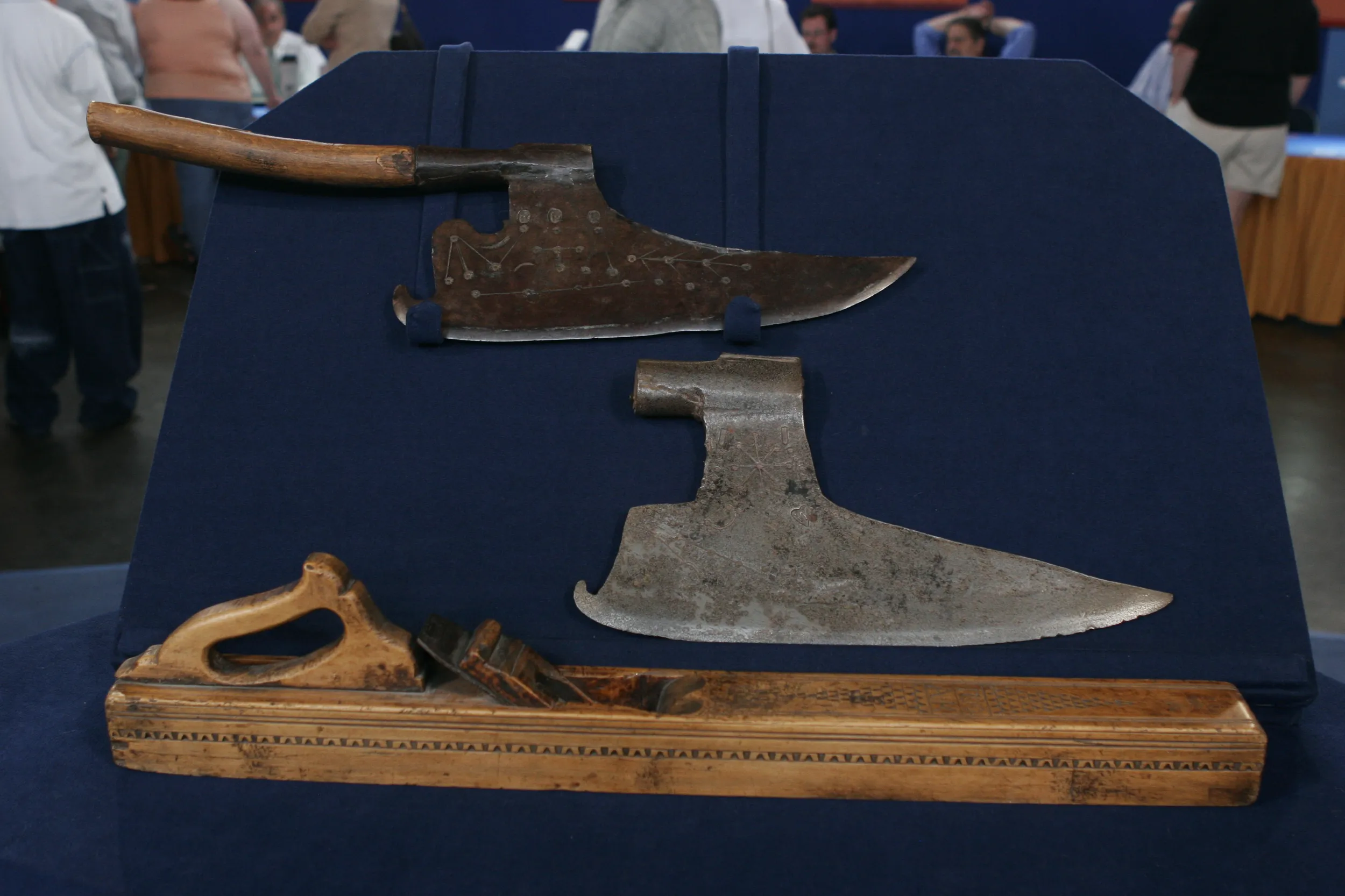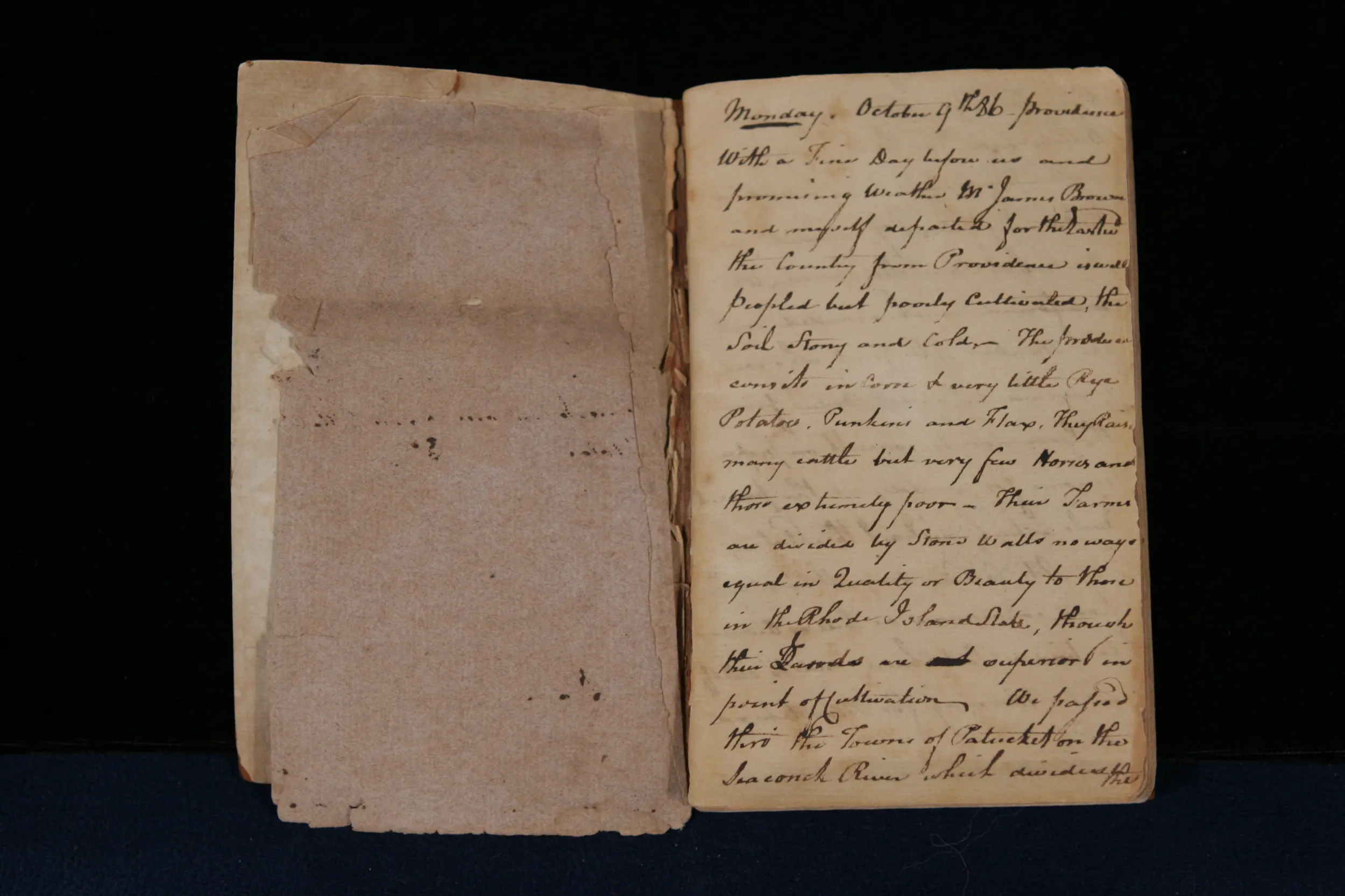GUEST: It was, I think, about 1965. My family moved from Colorado to Washington, D.C. My dad took a job with the Department of Agriculture, and my sister already played the viola. She's two years older than I am. She was already in junior high. I would have been starting sixth grade, so my mom wanted to start me on an instrument, a string instrument, and we chose the violin. So we went to downtown Washington, D.C....
APPRAISER: Did you buy it at a violin shop from a violin dealer?
GUEST: Yes, and it was hanging from... All these, I don't know how many, 50, 60 violins hanging from the ceiling. I mean, they must have been down low enough that you could grab them. But I just remember walking into this room and I saw this violin in the back of it. Is kind of white and then it goes out to brown. That's what caught my eye first. But then when he got it down for me, it has a wax seal on the back.
APPRAISER: Oh, yeah, okay.
GUEST: That says, "M.D."
APPRAISER: We're gonna look at that.
GUEST: We lived in Maryland, so I thought, "That stands for Maryland."
APPRAISER: An owner who owned it at one point put his seal on the back.
GUEST: Oh. When my dad saw the cost...
APPRAISER: And how much was that?
GUEST: It was $600 in 1965, but we bought a brand-new car to drive across country, and it was $3,000. And so, $600 of that-- at the time, I'm a kid, I'm, like, 11 or 12 years old.
APPRAISER: It seemed like a lot of money. Sure.
GUEST: Yeah, it was a big chunk of money at that time. And my dad went ahead and bought it for me, the one I wanted, so...
APPRAISER: You looked at the label inside, which was now a bit obscured, and you found a date on the inside, 1760s date. I can't really make out what the label says, but I can tell you, the violin is made about 1750, 1740.
APPRAISER: Okay.
GUEST: It looks like a fake label put in later at some point, but the instrument is German, maybe made in Nuremberg. Maybe Vienna, but I think more like Nuremberg. One of the better families of makers, perhaps the family named Widhalm, W-I-D-H-A-L-M, Widhalm. Reminds me of Widhalm instruments. And one of the reasons it does is not just this beautiful outline, with these beautiful small edges and little corners, but also this really intricately carved head-- really clean work and the kind of work that was not quickly done. This is definitely handmade by a small workshop or a particular maker, and very high grade of work. And this was...
GUEST: By craftsmen. ...
APPRAISER: stylistically, I think, their Amati model, which is a very common model of the period. The fact that the wood is not very fancy, that's okay. It's not unusual to have plain wood for these German makers. All this brown, dark finish, that's original to it, and this used to cover the whole instrument. Over the years, that all gets worn down. This violin retains its original neck. Generally speaking, in the 19th century, most of these short-neck instruments of the earlier periods had their necks removed. They would remove it right at the base of the head, put a longer neck in, put the head back on. This one has the original neck, and it was reangled at the heel by adding wood to it. It's been modernized.
GUEST: Oh.
APPRAISER: But 19th-century modernized. It wouldn't take much to get this up to snuff cosmetically, but basically, structurally, it's great. There are some old cracks in the head, but I'm not that bothered by that. In a retail shop environment, it should be worth at least $10,000.
GUEST: (gasps)
APPRAISER: And I'm thinking somewhere between $10,000 and $15,000.
GUEST: Oh, you've gotta be kidding.
APPRAISER: No, that's about right. And overseas, in Germany, where the market is even a little stronger for this type of instrument, perhaps even more, so... Perhaps, if this were cleaned up a bit and it were brought up to modern standards, maybe even getting up towards $20,000.
GUEST: (voice breaking) Oh, my goodness. That's... (laughs) That's incredible. It makes me miss my dad even more. He's gone.
APPRAISER: Oh...
GUEST: (crying) You know, as I looked at the, how much he paid for it growing up, I realized it was a huge amount for that day and time.
APPRAISER: But a good choice.
GUEST: And I'll bet if my dad knew how much it was worth, he would still pay that much.
APPRAISER: That would make him happy.
GUEST: He loved us that much.
